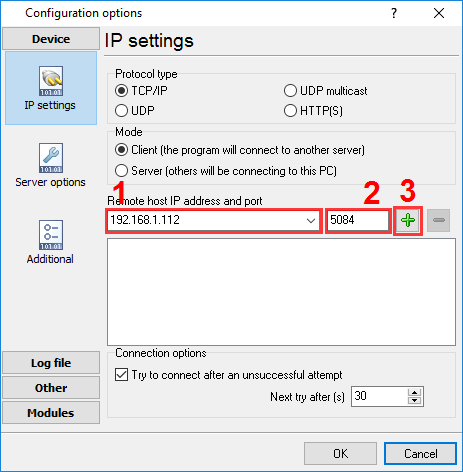Serial Port Data Logger Chart
RS232 Data Logger does everything you may need in the RS232/422/485 COM ports monitoring department. It will monitor, neatly log, and help you analyze all serial port activity in the system. There is no better way to track and understand issues that may occur during an app or a driver development, test and optimize COM-port devices, and more. Serial Port Monitor (RS232 Data Logger) is a friendly yet very professional software that offers its native terminal, data export, advanced filters, flexible search options, etc. What's great about this program - you don't need any additional hardware to use it.


There are two editions available in RS232 Data Logger - Standard or Professional.
Exporting real-time data and charting in OpenOffice or LibreOffice Calc Advanced Serial Data Logger. (a USB and a Serial Port driver. Data Logger Chart Recorder f. Select a COM port number between 5. DI-158, and DI-71x Data Logger USB Installation Problems. SiteView is a software application works with data loggers from Microedge Instruments. Serial Port, Ethernet. Monitor logger in real-time list view or chart view.
Problem scenario: I want to connect an RS-2322 port to MS Excel. The port will provide a stream of ASCII numeric characters to Excel. I want Excel to automatically receive and graph the ASCII data, sort of like an oscilloscope. I can control the format of the incoming ASCII data. Serial port data and Excel. Data captured Requirements: • Advanced Serial Data Logger Professional, Enterprise or Trial version • ASCII Data Query and Parser, DDE Server, Direct Excel Connection It is assumed that: You've configured communication parameters (baud rate, number of data bits, flow control etc) in the data logger and can receive any data without communication errors.
You can work in Microsoft Excel, specifically create charts in an Excel file. Solution: The image above shows that the data flow is very simple, but we should extract data variables from a report with multiple rows. At the same time the figure doesn't contain non-printable characters and doesn't show ending characters of a data packet. We need to recognize ending characters of an each data record. Please, enable display output for non-printable characters with a character code below than 0x20h. You need to create a port configuration. Please, click the 'Plus' button in the main window if you didn't make it before and set the following options.
Serial port data and Excel. Serial data view setup Then click the 'OK' button and try to receive the data from a port. You should receive the data like on the figure below. Serial port data and Excel.
Data received. Lost 5x02 Ita Download Skype. This is the other view of the data received. Notice that all non-printable characters were replaced with their code i.e. It is clear from the data screen above, that the data block (within the green rectangle) starts with TLFLOW and ends with three pairs of CR+LF characters (#0D#0A#0D#0A#0D#0A) (underlined by red). We are now ready for configuring of the modules.
First, select the 'ASCII data query and parser' plug-in (fig.4a, pos.1) from a drop-down list. Then, enable a parsing option for data received (fig.4a, pos.2) and select the necessary data export plug-ins.
The DDE server (fig.4b, pos.3) will help us to check that the data packet is parsed and exported. The 'Direct Excel Connection' plug-in will write data directly to a Microsoft Excel spreadsheet. Serial port data and Excel. Data parser plug-in. Serial port data and Excel. Data export plug-ins.
Now, please, open the ASCII parser and query configuration window by clicking the 'Setup' button near a drop-down box (fig.4a, pos.1). The dialog window below will appear on the desktop (fig.5).
Serial port data and Excel. The parser configuration window. The configuration process should be very simple if you have examined your data flow in the data logger window (fig.3). You should type in the same as in the data logger window in fields 1 and 2. Field #1 marks the beginning of the data block and the field #2 marks the end.
In this example, our data block contains both markers. Therefore, all fields are not empty. The values to be typed in here are as underlined in red in fig.3 above.
Because the report in this example is very long, then we should increase the 'Timeout' value (fig.5 pos.#3) to prevent losing of a data. The option at pos.4 allows you to use the start marker in the parsing process. The next tab is a very important part of the parser configuration. The data parser uses this information for data extraction from the data block.